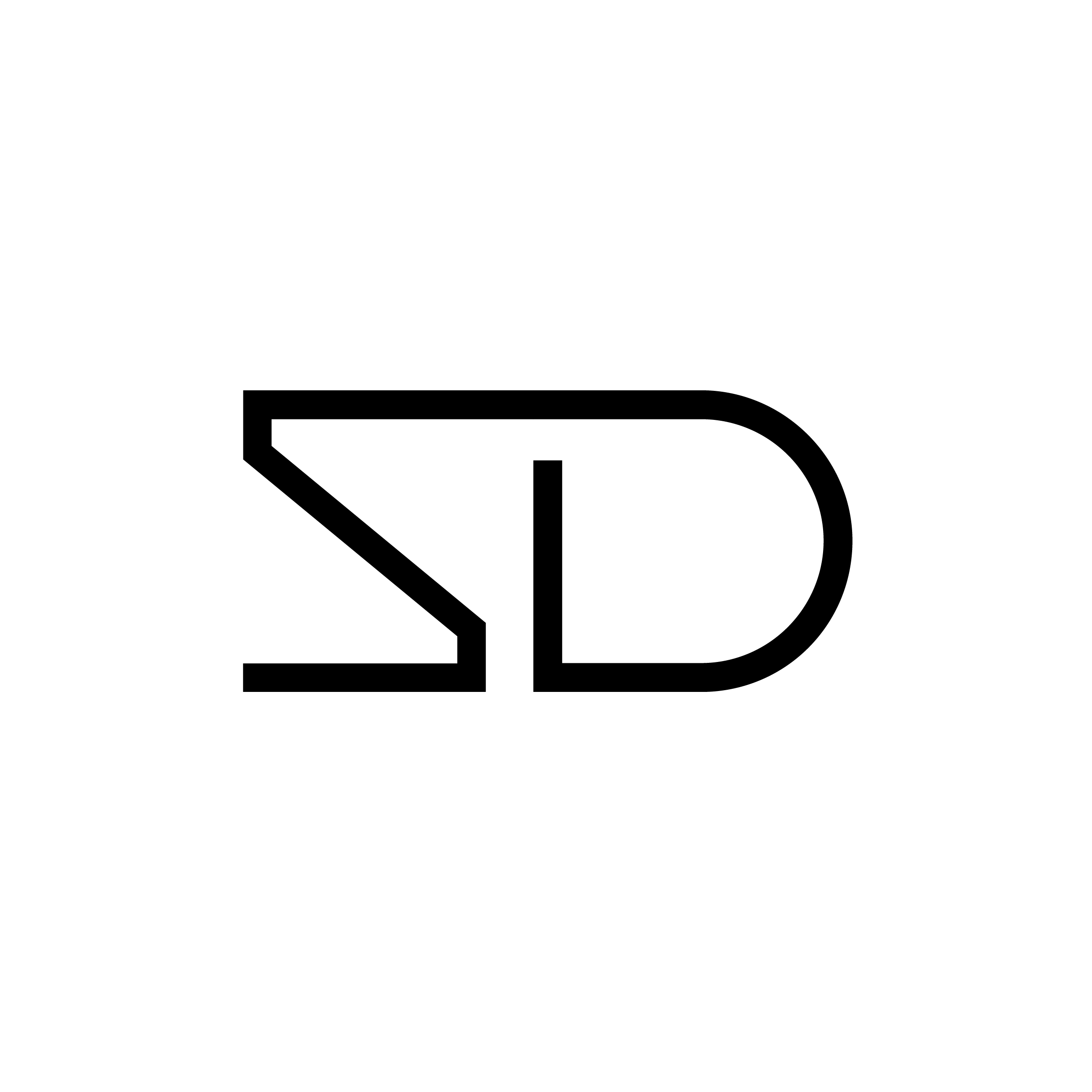The New-Gen Materials & Who’s Using Them
As consumer demand for environmentally friendly materials increases, innovative next-gen fibres have emerged as a viable alternative to synthetics and animal-based products. Acting as a replacement for materials such as leather, silk, wool, down and fur, next-gen fibres are gaining popularity not only in the fashion industry but in automotive and home goods as well.
While environmental friendliness and revenue is the driving force behind integrating next-gen materials into products for brands, ethical concerns are just as important. Raw materials have a significant impact on the environment, leading many companies to turn to animal-based materials. However, animal-friendly products are now being considered as a more sustainable solution. Brands can ensure both environmental and ethical quality by using independently certified materials from trusted companies like the ones listed below.. With consumers placing increasing importance on animal welfare, brands should prioritise next-gen materials over revenue.
Moreover, investigations into supply chains have exposed disturbing cases of animal cruelty within brands. Many fashion houses have responded by banning animal products altogether and striving towards a more animal-friendly future. As industry standards and guidelines are established, this trend is expected to continue to grow.
Leather
Vegan leather has become a popular material for many retailers. In fact, a lot of material innovation companies are now exploring alternative methods to traditional leather production.

One such option is Piñatex, which is made from waste pineapple plant leaves. This next-gen material has been adopted by leading retailers such as Hugo Boss, Nike, and H&M, who have created vegan shoe and clothing lines from the material.
Another popular leather alternative is cactus leather, which has been embraced by brands such as Fossil, Adidas, and Karl Lagerfeld. These companies have partnered with Desserto, a cactus leather manufacturer supported by LVMH and Capri Holdings, to produce vegan accessories and products.
Fur
With a number of countries banning fur farming, the demand for faux fur has risen significantly. However, there are concerns about the environmental impact of its production, as the material is just full of microplastics.
Fortunately, companies such as Lenzing, which owns the Tencel textile brand, are developing sustainable solutions for the faux fur industry. For instance, Lenzing collaborated with Ugg to produce a line of distinctive shoes, utilising animal-friendly fur instead of the brand's traditional sheepskin. Meanwhile, Ecopel's Koba offers a soft fur alternative made from plant-based fibres and recycled polyester, which has been used by fashion designer Stella McCartney for her fur-free line.
Silk
Did you know that silk has the highest environmental footprint across impact categories when compared to any other material? This is exacerbated by its impact on animal protection and human rights, making it a continuous area for reinvention for textile manufacturers.
One company taking on this challenge is Italian firm Orange Fiber, which produces the silk-like fabric from citrus fruit by-products. Salvatore Ferragamo was one of the first to work with this innovator, launching a capsule collection using the natural production method. H&M and E. Marinella also previously collaborated with the company to create unique pieces, but are not so much anymore unfortunately.
Wool
Since its height in 1990, wool has been gradually replaced by synthetic and cotton blends, as well as other sustainable and ethical alternatives. Companies such as Spinnova, backed by Adidas, are producing wool-like materials using FSC-certified, cellulose-based fibres. Spinnova refines raw ingredients to create its final product, and has collaborated with established brands such as Bestseller, The North Face, and Marimekko on environmentally-friendly fabrics for eco-conscious collections.
Down
While polyester microfibre has been the traditional approach to creating a soft and fluffy texture, innovative companies have started to use sustainable materials like plants and recycled PET for their next-gen down products.

H&M and Jack Wolfskin are just a few examples of brands that have already adopted this production method. In addition, Pangaia and Save the Duck have created a business-to-business line where they sell their eco-friendly alternatives to other brands. Furthermore, Pangaia has also come up with puffer jackets full of FLWRDWN, a down-fill made using a combination of wildflowers, a biopolymer and aerogel. This warm, breathable and animal-friendly innovation is the first of its kind used in our outerwear jackets and gilets and we think it might be the future of next-gen down.
Of course, there’s plenty of other next-gen materials that are currently being developed and experimented with, which we’ve already talked about in our “New & Innovative Materials” blog post. But these textiles are still in their research state, so for now, we really have to focus on buying what’s already been tested and out there on the market, evenlthough some of these material are not 100% eco-friendly, as we explained in our “The Pros And Cons Of Textiles Made From Food Waste”, it is still the best option out there, compared to animal-based ones.
We can only hope more and more brands start investing in their next-gen materials not just for eco-friendly collections, but for all of them.
[All images sourced on canva.com
Information sourced on fashionunited.uk]

